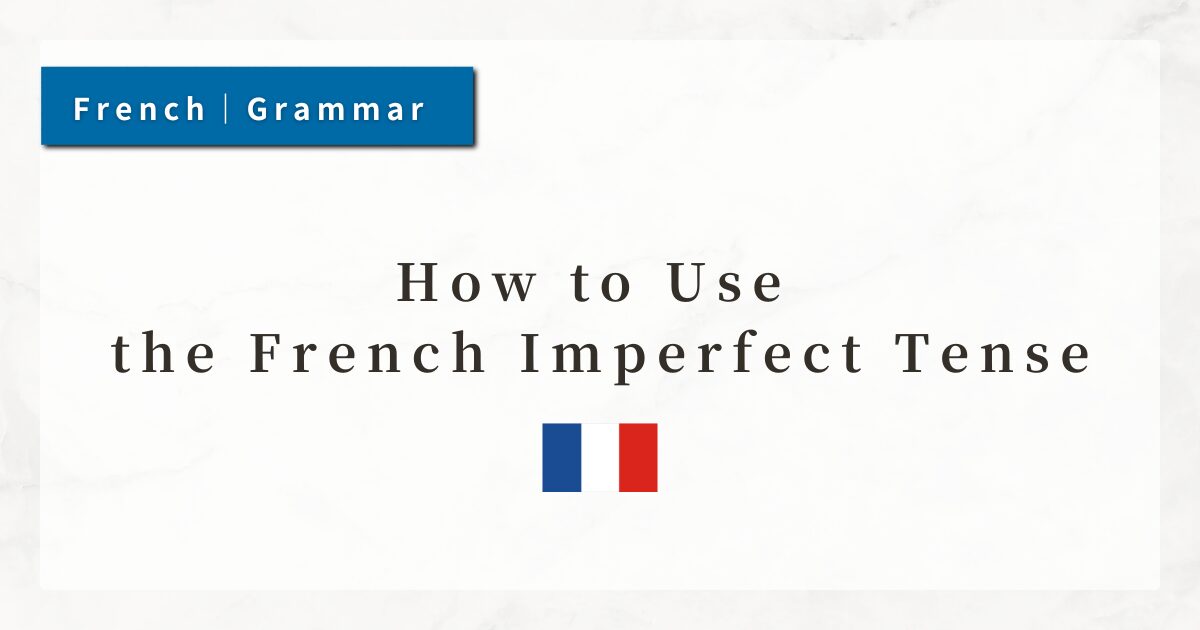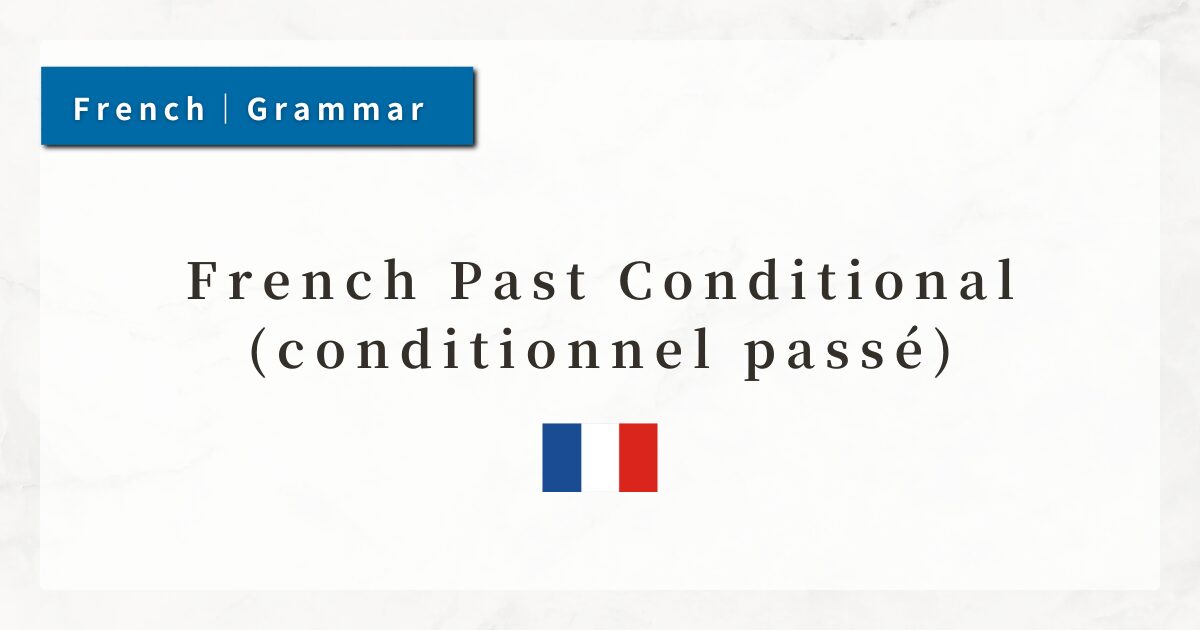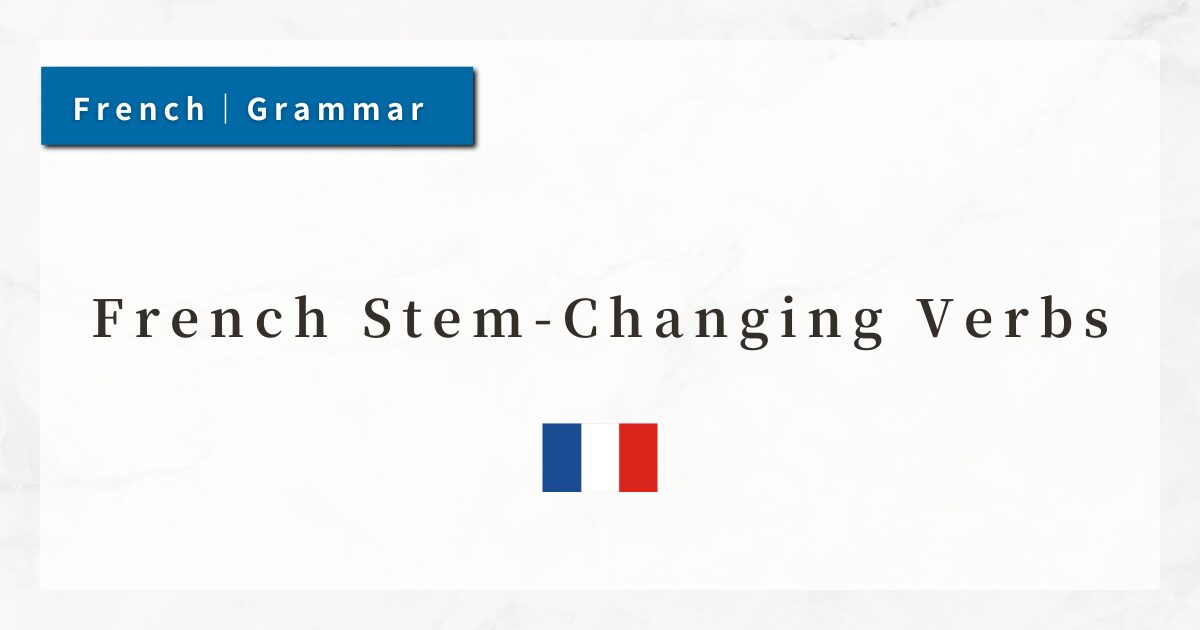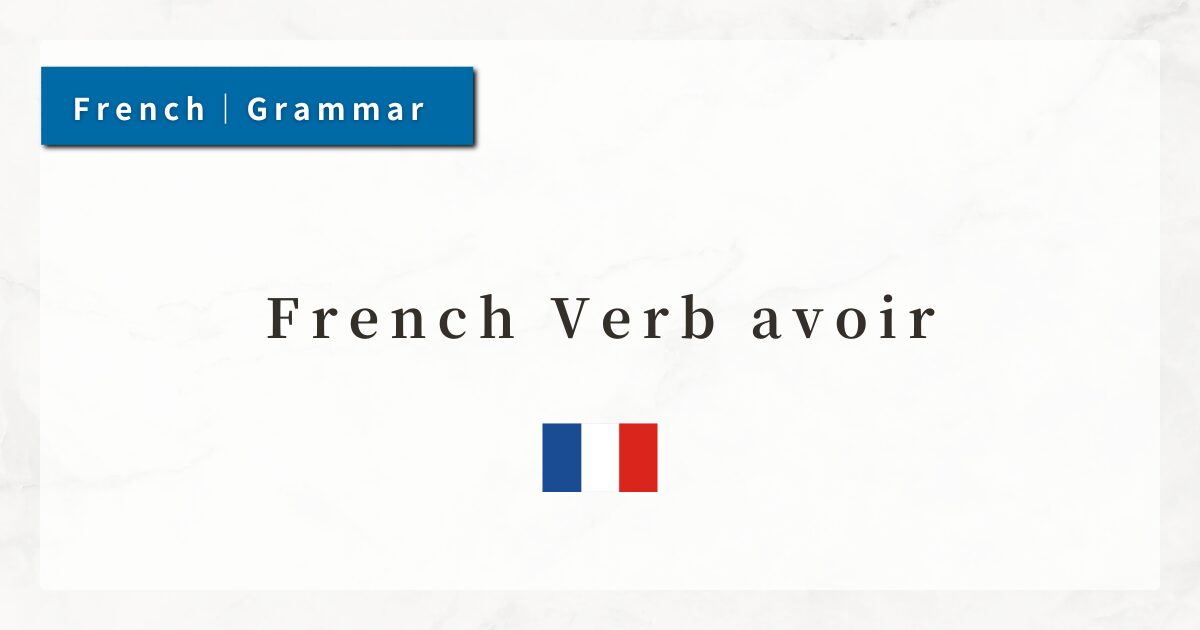#71 How to Express Wishes in French|Que + Present Subjunctive
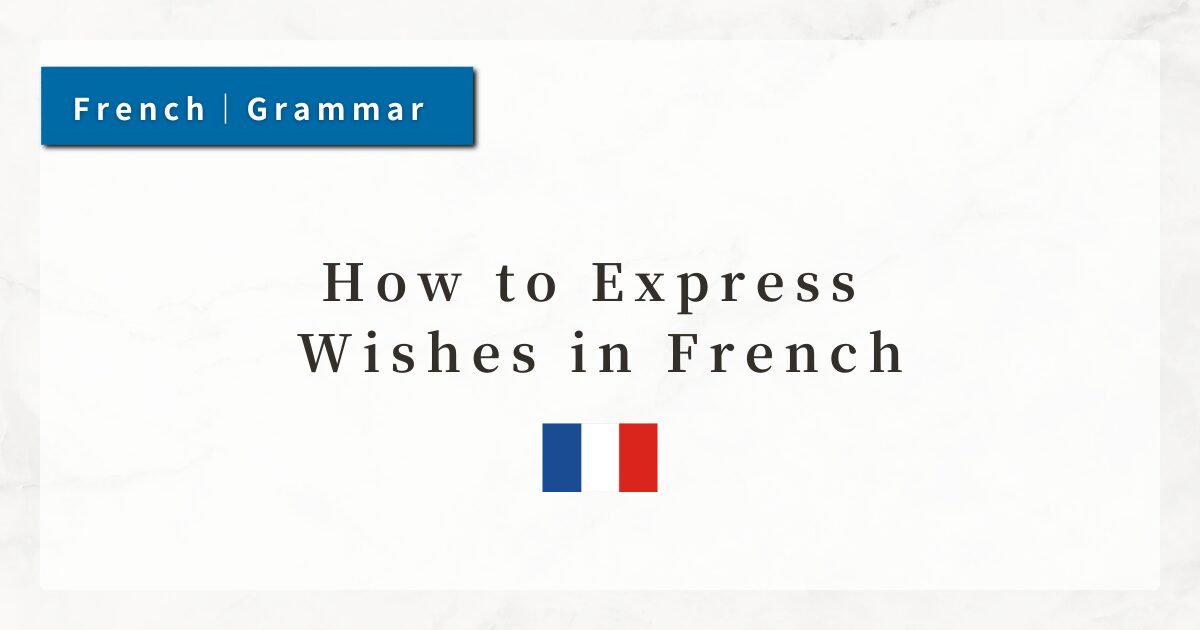
In French, a special construction “Que + present subjunctive” is used to express prayers, blessings, or strong wishes.
This structure corresponds to expressions such as “May it be…” or “Let it be….” It is not typically used in casual conversation but appears frequently in religious prayers, ceremonial greetings, and literary texts.
In this lesson, I will explain the basic structure of the wish expression “Que + subjunctive present”, introduce common phrases, and highlight key points to keep in mind.
1. The Structure of “Que + Present Subjunctive”
With “Que + present subjunctive,” strong desires, blessings, and prayers can be expressed concisely.
- Que Dieu vous protège !
(May God protect you!) - Qu’il en soit ainsi !
(So be it!)
Here, que is not a relative pronoun but a marker introducing a wish or invocation. The sentence functions independently without a main clause.
Because wishes concern events that have not yet been realized, the subjunctive rather than the indicative is required.
2. The Tense: Present Subjunctive
Wish expressions focus on the present and future—“May this be now” or “May it become so.” Therefore, the present subjunctive is the standard tense used.
- Que tu sois heureux !
(May you be happy!) - Que la paix règne dans le monde !
(May peace reign in the world!)
By contrast, “que + past subjunctive” is rarely used in wishes, since wishes naturally look toward what has yet to be realized.
Only occasionally, in literary or poetic contexts, it may appear to recall past events with a sense of longing, but this is exceptional.
3. Common Usages and Situational Expressions
3-1. Religious and Ceremonial Prayers
These expressions frequently appear as fixed formulas in prayers and rituals.
- Que la paix soit avec vous.
(May peace be with you.) - Que ton âme repose en paix.
(May your soul rest in peace.)
3-2. Blessings and Greetings
They are also used in formal greetings or celebratory contexts.
- Que la nouvelle année vous apporte bonheur et santé !
(May the New Year bring you happiness and health!) - Que tous tes projets réussissent !
(May all your projects succeed!)
3-3. Emphasis and Strong Desire
The structure can carry a strong nuance of insistence or solemn invocation.
- Qu’il vienne immédiatement !
(May he come at once!) - Que la fête commence !
(Let the celebration begin!)
4. Difference from the Imperative
It is important to distinguish wish expressions from the imperative.
- Imperative: Direct command telling someone to act.
→ Viens ici !
(Come here!) - Que + subjunctive: Expresses a wish or invocation, not a direct order.
→ Qu’il vienne !
(May he come.)
Because of this difference, wish constructions carry a more formal, polite, and indirect tone.
5. Summary
- “Que + present subjunctive” is a special construction for expressing prayers, wishes, and blessings.
- It conveys meanings such as “May it be…” or “Let it be….”
- Common in religious, ceremonial, and formal contexts as well as in strong literary invocations.
- The verb normally takes the present subjunctive, unlike the imperative, which expresses a direct command.
- Fixed expressions such as “Que Dieu vous bénisse” (May God bless you) are useful to learn by heart.

